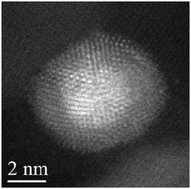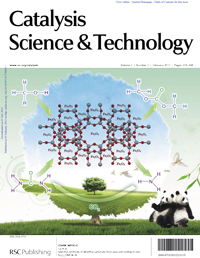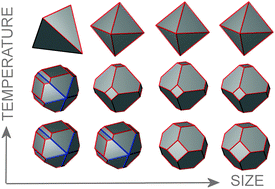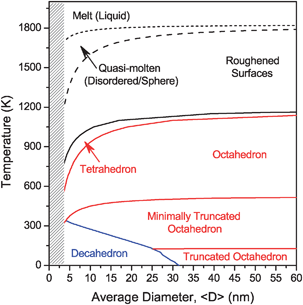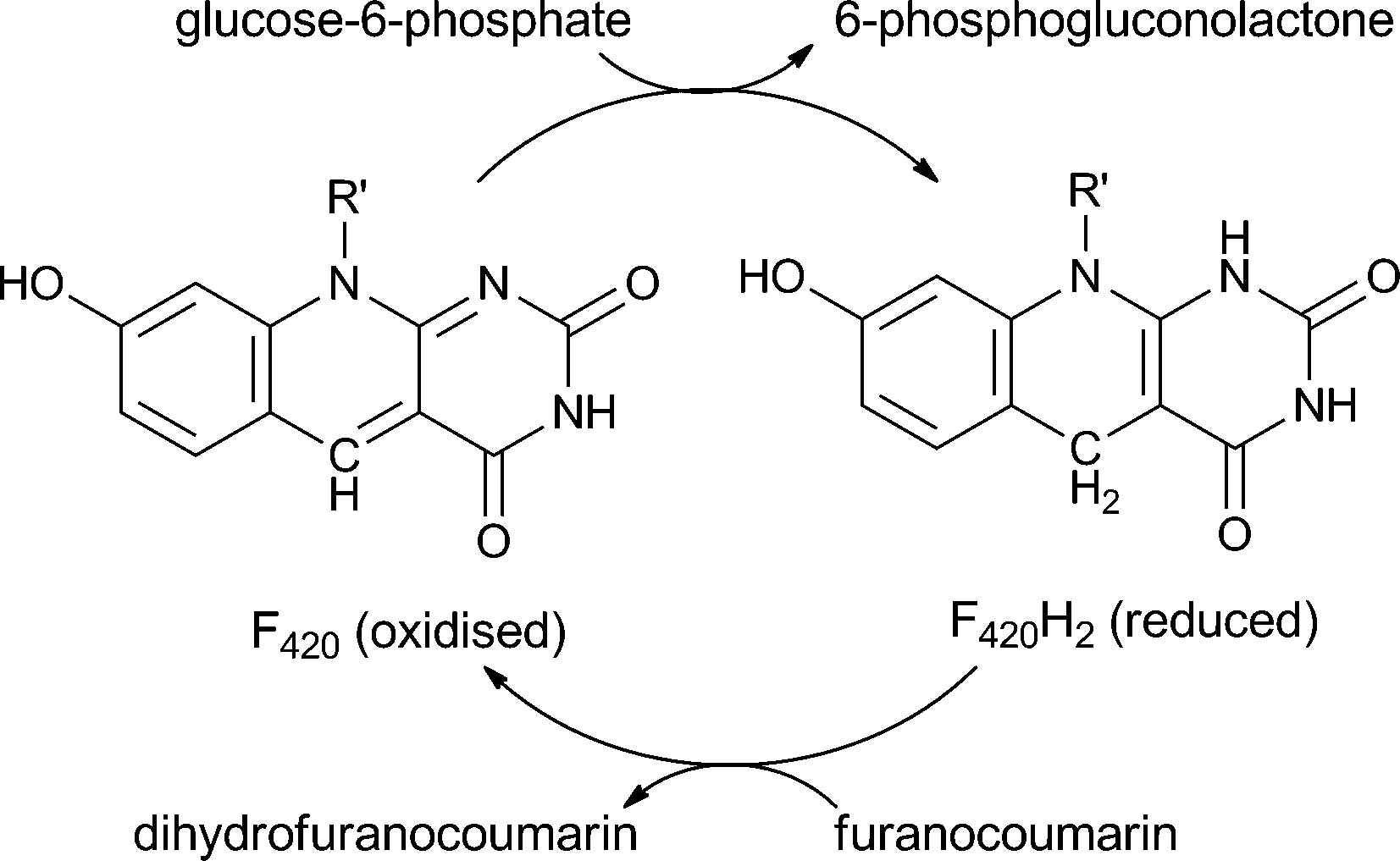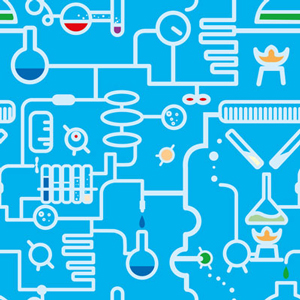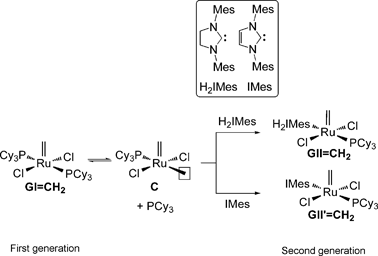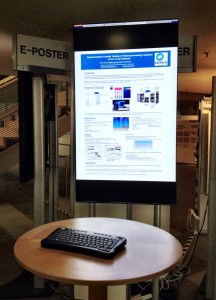
E-posters provided an easier way to find one poster amongst the many.
The International Congress on Catalysis is arguably the largest international meeting focussed on catalysis, and, just like the Olympics, takes place every four years. This year, the 15th congress in the series was held in the Bavarian city of Munich, Germany. Munich was a well chosen venue. Not only is the city a excellent centre of research and technology, home to two major universities and a number of academic centres and research institutes, but also it has a vibrant cultural life, from opera to museums to excellent local cuisine and of course, fantastic beer!
Over 2200 delegates attended the meeting, which was exceptionally well organised, even down to the army of ushers who directed delegates to the last few empty seats in the lecture halls. Despite everyone’s best efforts, however, attendance was so good at this conference that not everyone could fit into the lecture hall and overflow lecture hall for the opening ceremony, and those arriving late were turned away.
One characteristic of this meeting was the vast number of posters that were presented. At times it seemed that whereever one turned, there was another poster to be read! It was great to see so many people involved in this way, and to have so many opportunities to learn about people’s research. At this conference I came across something that I have not seen before – some of the posters were not printed on paper or card, but on fabric instead (I suppose posters on fabric are easier to transport to the conference). For those delegates who could not find the poster they were looking for, there were a number of e-poster stations available, where electronic versions of the posters could be searched and displayed.
The conference highlighted the huge impact that catalysis has on our lives, and had 19 sessions covering topics such as: biomass conversion, catalysis via nanotechnology, catalysis for fine chemicals, pharmaceuticals, and organic transformations, photocatalysis, automobile catalysts, industrial implementation, green synthesis, computational catalysis, use of renewables via catalysis, catalysis in CO2 capture, fuel cells, biocatalysis and advances in reactor technology.
Six plenaries, by Kazunari Domen, Philippe Sautet, Charles Kresge, Hans-Joachim Freund, Alex Bell and Roy Periana, introduced the sessions, as did a number of keynote lectures. Two awards were also celebrated at the conference, with the International Catalysis Award lecture given by Bert Weckhuysen, and the Heinz Heinemann Award given by Graham Hutchings.
It will be another four years until the 16th International Congress on Catalysis, and just like for the Olympics, it will be worth the wait!
To get a taste of the conference, and the exciting science discussed in Munich, read the Catalysis Science & Technology articles below, a selection of those published by the Plenary and Keynote speakers.
Modification of TaON with ZrO2 to improve photocatalytic hydrogen evolution activity under visible light: influence of preparation conditions on activity
Su Su Khine Ma, Kazuhiko Maeda and Kazunari Domen
Catal. Sci. Technol., 2012,2, 818-823
http://xlink.rsc.org/?DOI=10.1039/C2CY00499B
Selective oxidation of alkenes using graphite-supported gold-palladium catalysts
Salem Bawaked, Qian He, Nicholas F. Dummer, Albert F. Carley, David W. Knight, Donald Bethell, Christopher J. Kiely and Graham J. Hutchings
Catal. Sci. Technol., 2011,1, 747-759
http://xlink.rsc.org/?DOI=10.1039/C1CY00122A
Supramolecularly controlled surface activity of an amphiphilic ligand. Application to aqueous biphasic hydroformylation of higher olefins
Natacha Six, Antonella Guerriero, David Landy, Maurizio Peruzzini, Luca Gonsalvi, Frédéric Hapiot and Eric Monflier
Catal. Sci. Technol., 2011,1, 1347-1353
http://xlink.rsc.org/?DOI=10.1039/C1CY00156F
Tuning lipase activity with perfluoro carboxylic acids as additives
Carlos G. Acevedo-Rocha and Manfred T. Reetz
Catal. Sci. Technol., 2012, Advance Article
http://xlink.rsc.org/?DOI=10.1039/C2CY20173A
A detailed study of the diastereoselective catalytic hydrogenation of 6-hydroxytetrahydroisoquinoline-(3R)-carboxylic ester intermediates
Laurent Lefort, Natascha Sereinig, Harrie Straatman, David J. Ager, Johannes G. de Vries, John A. Werner, Roger B. Scherer, Todd D. Maloney, Mark D. Argentine, Kevin A. Sullivan and Jared W. Fennell
Catal. Sci. Technol., 2012, Advance Article
http://xlink.rsc.org/?DOI=10.1039/C2CY20251D
Acceptorless ruthenium catalyzed dehydrogenation of alcohols to ketones and esters
Saurabh Shahane, Cédric Fischmeister and Christian Bruneau
Catal. Sci. Technol., 2012,2, 1425-1428
http://xlink.rsc.org/?DOI=10.1039/C2CY20066J
Mechanistic insights in the olefin epoxidation with cyclohexyl hydroperoxide
Bart P. C. Hereijgers, Rudy F. Parton and Bert M. Weckhuysen
Catal. Sci. Technol., 2012,2, 951-960
http://xlink.rsc.org/?DOI=10.1039/C2CY00455K
Model Ag/HOPG catalysts: preparation and STM/XPS study
Demid V. Demidov, Igor P. Prosvirin, Alexei M. Sorokin and Valerii I. Bukhtiyarov
Catal. Sci. Technol., 2011,1, 1432-1439
http://xlink.rsc.org/?DOI=10.1039/C1CY00127B
Did you attend the 15th International Congress on Catalysis? Share your experiences below.
Comments Off on Celebrating Catalysis in Munich













